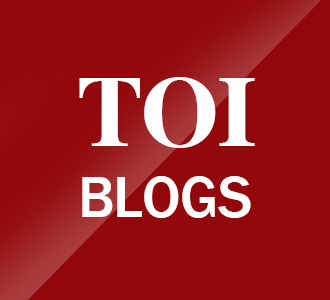<!–
Since the evolution of humanity, perhaps one of the most powerful tools that can instigate war or establish peace is effective communication. Today, it remains true even for marketing and branding professionals, as a strong communication strategy can make or break a brand. They are harnessing the powerful communication in their arsenal to drive impactful change around important conversations. One such current focus for many organizations today is mental wellness. As the world grapples with the repercussions of the pandemic, mental health and wellness have become a global priority. But how can organizations use effective communication to create awareness and foster a positive mental and physical environment for their employees?
Raising awareness through responsible messaging
As the popular saying goes, “what you see becomes your reality”. The media play an important role in the construction of perceptions and the formation of opinions. For any communication to be effective, it has to be authentic and responsible. When creating communication strategies, marketers need to be mindful of presenting information in a way that creates positive social behavior change. For example, even today, there is a lot of stigma attached to mental health problems. Especially among corporate professionals, there is a fear of being seen as “weak” or “incompetent” if employees speak openly about their mental health issues at work. Can organizations deny this by establishing offices as a safe space and normalizing mental challenges? There is a great need to combat this stigma and replace it by communicating positive attitudes.
Communication professionals have a great responsibility when it comes to portraying the mentally affected. Very often, people associate negative attitudes with things that are communicated in a dismissive and cynical way. As a result, branding and marketing people must be careful not to hurt feelings, consciously or unconsciously. They must design communication that is respectful and inclusive when addressing employees and their underlying mental challenges.
Establish trust and honesty.
Authenticity and transparency are the essence of effective communication. Help create a safe space for employees to be themselves without feeling judged or ridiculed.
In the past two years, more than half (55%) of employed professionals in India feel stressed at work, according to LinkedIn’s Workforce Confidence Index survey. When asked about the main reason, job stress, work-life imbalance, insufficient income, and slow career advancement emerged as the main causes. About 34% of professionals cited balancing work with personal needs as the main factor.
As branding and marketing professionals responsible for bringing an organization’s vision to internal and external audiences, it is imperative to develop programs and initiatives that are honest and purpose-driven. This must be intrinsic to the very culture of the organization. For example, many companies are giving employees special leave to rest and relax, in honor of World Mental Health Day. But do they really facilitate a healthy work-life balance for the rest of the year? Intent and purpose must be interwoven with the larger goal of the company.
Communication must be dynamic and inclusive.
A communication strategy cannot have a one-size-fits-all approach. Since people consume information on different platforms and mediums, it is imperative to develop a well-tailored and personalized strategy to reach different audiences. For example, Gen-Z is the most anxious generation to date. For Gen-Zers, anxiety is fueled not only by the pandemic, but also by factors like unemployment, climate change, technology, and more. They respond to external stimuli differently than previous generations, and they need innovative ways to capture their attention. Creative ways, like doing a social media challenge to talk about self-care tips in the workplace, is something that would appeal to them. Similarly, office gifts can include items like fitness trackers, houseplants, and wellness products in place of the usual mugs and office stationery. This will instill commitment and also raise awareness of the organization’s wellness goals.
Even in recruiting and hiring, companies can use AI tools and platforms to communicate their priority over mental wellness by using words that positively convey the job description. For example, a woman returning to the workforce after a break might be more receptive to an organization that also emphasizes work-life balance, rather than just the full list of expected responsibilities. Therefore, companies need to assess who they are trying to target and what would be the most relevant medium for them.
In conclusion
Especially as the future of work continues to evolve with flexible workspaces, feelings of alienation and estrangement have increased tenfold. While some employees are still adjusting to interacting with co-workers through a screen, others may face stress and social anxiety from office meetings. Companies must have strong communication strategies in place to engage employees both virtually and physically.
Branding and marketing professionals should use their platform to drive change through effective workplace communication. To quote Gautama Buddha, “Words have the power to both destroy and heal. When words are true and kind, they can change our world.”
Disclaimer
The opinions expressed above are those of the author.
<!–
Disclaimer
Views expressed above are the author’s own.
–>
END OF ARTICLE
.
